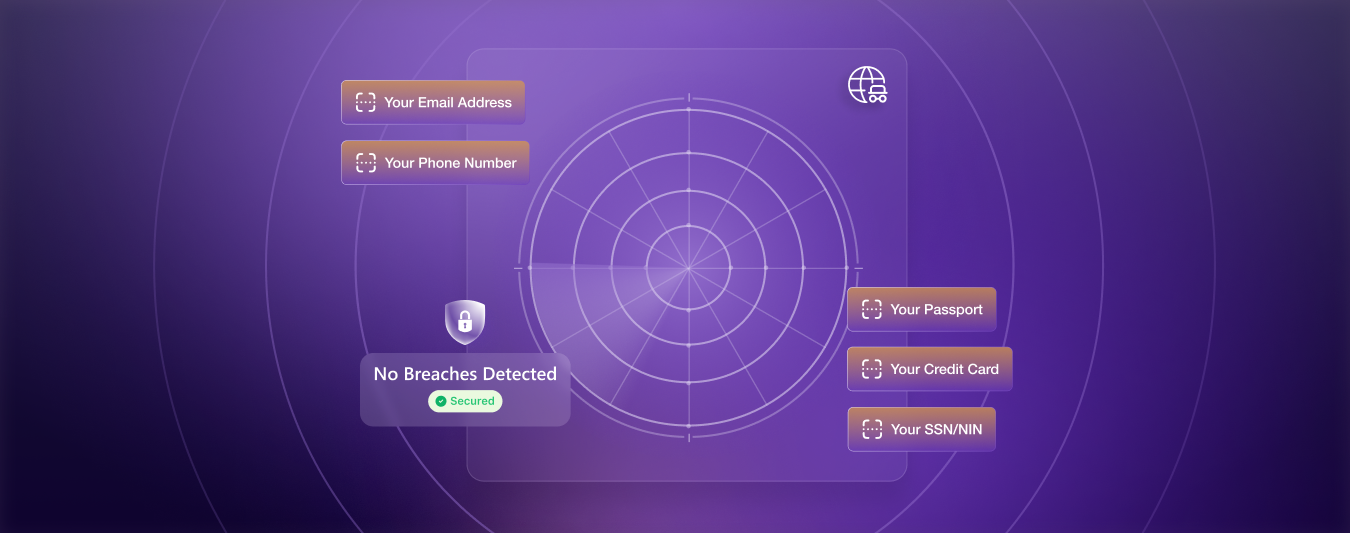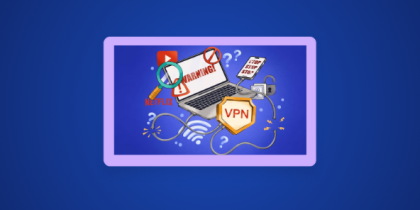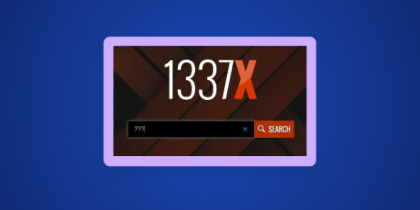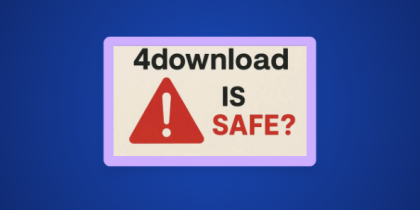Every week it seems like another data breach hits the headlines, with millions of emails, passwords, and even credit card details dumped online for criminals to trade. For most people, the idea of their personal information floating around in dark corners of the internet feels unsettling, but it’s also confusing: what can you actually do about it?
Your email could be compromised.
Scan it on the dark web for free – no signup required.
That’s where services like dark web monitoring and identity theft protection come in. They’re often mentioned together, but they’re not the same thing. One is like a smoke alarm, warning you when your information is exposed, while the other acts more like insurance, stepping in if damage is already done.
In this guide to dark web monitoring vs identity theft protection, we’ll break down the differences so you can figure out which one, or both, makes the most sense for you:
What is Dark Web Monitoring?
The dark web is a hidden part of the internet where things such as stolen data, hacking tools, and other illegal goods are quietly traded. Most people never see it, but if your personal information ends up there, it could be sold to someone looking to commit fraud or break into your accounts.
Dark web monitoring is a service that keeps watch on these underground spaces for signs of your information. It scans forums, marketplaces, and leaked databases for things like your email address, Social Security number, etc. If a match is found, you get an alert so you can quickly change passwords, lock accounts, or take other steps before the damage spreads.
Related Read: The Journey of Stolen Credentials on the Dark Web
What is Identity Theft Protection?
Identity theft protection is a broader layer of defense that focuses on what happens if someone actually misuses your information. Instead of just alerting you to leaks, these services track things like your credit reports, loan applications, and even suspicious activity tied to your Social Security number or bank accounts.
If fraud does occur, identity theft protection usually includes hands-on support to help you recover. That can mean freezing accounts, disputing charges, restoring your credit, and in many cases even insurance to cover financial losses. Think of it as a safety net designed to catch you after a fall, so you’re not left on your own to untangle the mess.
Related Read: What is Identity Theft?
Key Differences Between Dark Web Monitoring vs Identity Theft Protection
At first glance, dark web monitoring and identity theft protection sound like they do the same thing. However, they actually cover different parts of the problem: keeping your personal information secure.
Dark web monitoring is about spotting leaks early, while identity theft protection helps if those leaks turn into real fraud. One is proactive surveillance, whereas the other is recovery and support.
Here’s a side-by-side look:
| Dark Web Monitoring | Identity Theft Protection | |
| Focus | Alerts you if your data is found on the dark web | Protects you if your data is misused |
| Scope | Scans breach dumps, forums, and marketplaces | Tracks credit, financial activity, and identity misuse |
| Timing | Early warning before fraud happens | Response and recovery after fraud occurs |
| Action | You handle password resets and security steps | Service assists with disputes, account recovery, and fraud resolution |
| Outcome | Helps you act quickly to limit risk | Helps minimize damage and financial loss |
| Cost | Often lower, sometimes bundled with other services | Higher, usually subscription-based with added insurance |
Together, they form a fuller picture: monitoring lets you know your details are exposed, and protection steps in if criminals act on that exposure. Whether you need one, the other, or both depends on your lifestyle, risk level, and how much support you want if something goes wrong.
Who Should Use These Services?
Different people face different levels of risk online, so the right service often depends on your lifestyle. Students and casual users who just want to know if their email or passwords leak in a breach may find dark web monitoring enough, it’s like an early warning system that lets you reset accounts before trouble starts.
Working professionals and frequent online shoppers are more exposed because of constant credit card use, banking apps, and digital transactions. For them, identity theft protection offers peace of mind, with credit monitoring, fraud alerts, and recovery support if something goes wrong.
Finally, families, small business owners, and frequent travelers often require the most coverage. In these cases, combining dark web monitoring with identity theft protection makes sense, giving you both quick alerts and a safety net if criminals actually end up misusing your information.
Dark Web Monitoring vs Identity Theft Protection: Do You Need Both?
You don’t always need both and it depends on your comfort level and what kind of support you want if something goes wrong:
- Dark Web Monitoring Only: Best for people who want quick alerts about leaks and are confident handling things like password resets or account security on their own.
- Identity Theft Protection Only: A good choice if you’d rather have expert help and insurance in case fraud happens, even if you don’t care about early alerts.
- Both Together: The most complete option. Monitoring warns you early, while protection provides a safety net if criminals misuse your data.
In the end, it comes down to how proactive you want to be versus how much peace of mind you’d like knowing there’s backup if trouble hits.
How to Choose the Right Protection for You
Picking between dark web monitoring and identity theft protection isn’t one-size-fits-all. The right choice depends on your habits, comfort level, and what you value most in security. Here are a few factors to weigh:
- Consider Your Online Habits: If you’re constantly signing up for new services, shopping online, or juggling multiple accounts, your exposure is naturally higher. Dark web monitoring will tell you when details leak, but identity theft protection may be the safer bet if you’re dealing with frequent financial transactions.
- Think About Your Risk Tolerance: Some people don’t mind handling things themselves, such as changing passwords, locking accounts, or disputing charges if needed. Others prefer knowing they’ll have expert help and insurance ready if fraud occurs. Your comfort level should guide your choice.
- Factor in Budget: Dark web monitoring is often included with other security services at a lower cost (PureVPN offers it as a part of its Max plan), while identity theft protection tends to be more expensive because of the added recovery and insurance features. Decide what level of investment makes sense for your peace of mind.
- Look for Flexibility: Some providers bundle both services, while others let you pick just one. If you’re on the fence, choosing a plan that allows upgrades later can give you room to adjust without overcommitting upfront, making it easier to scale your protection as your needs evolve.
Final Word
Dark web monitoring and identity theft protection may sound similar, but they play different roles in keeping your personal information safe. Monitoring gives you an early warning when your data leaks, while protection steps in if that leak turns into fraud.
The best choice depends on how much risk you’re willing to manage yourself and how much peace of mind you want from having backup. For some, alerts alone are enough. For others, full recovery support is worth the extra investment. And for those who want both prevention and a safety net, using the two together offers the most complete coverage.








